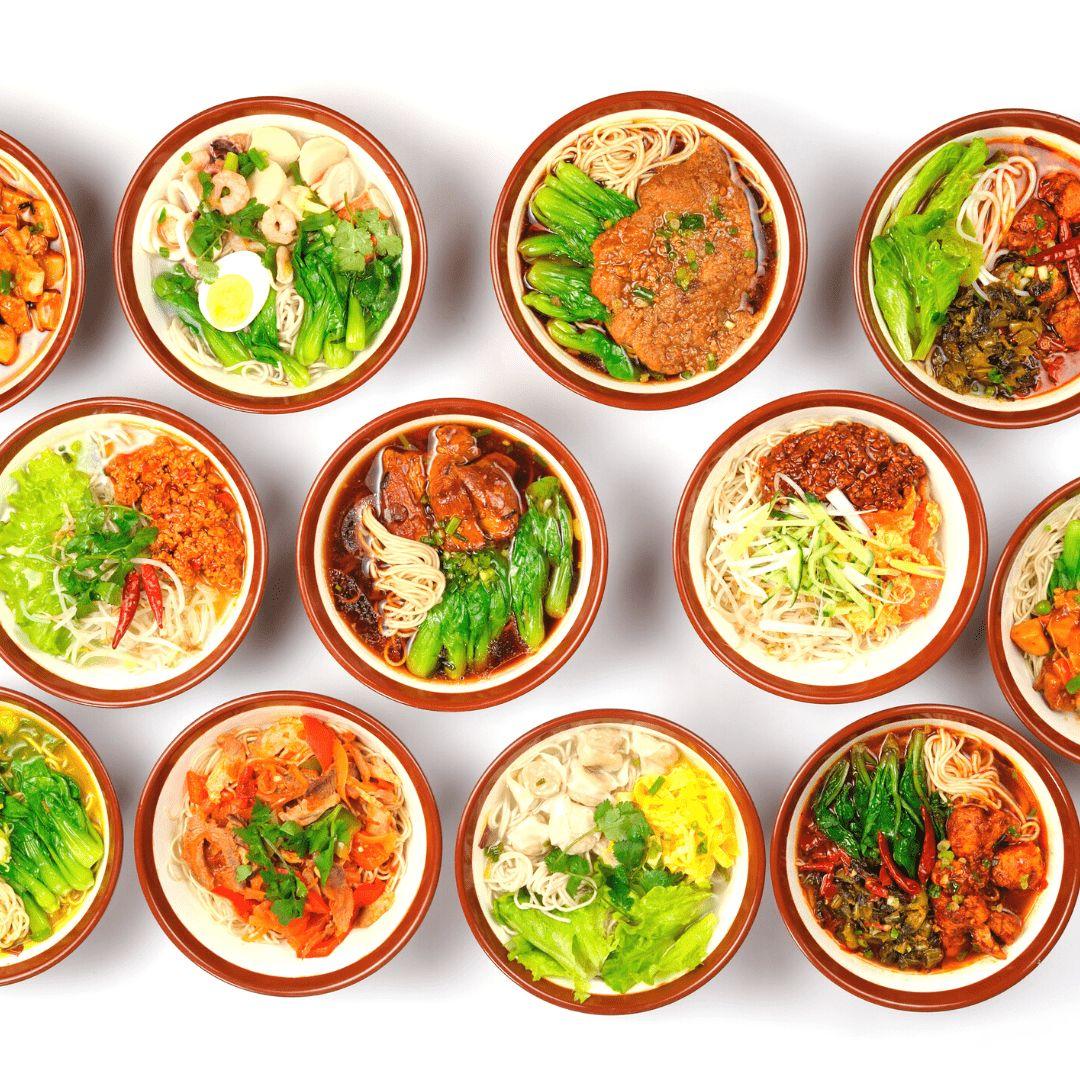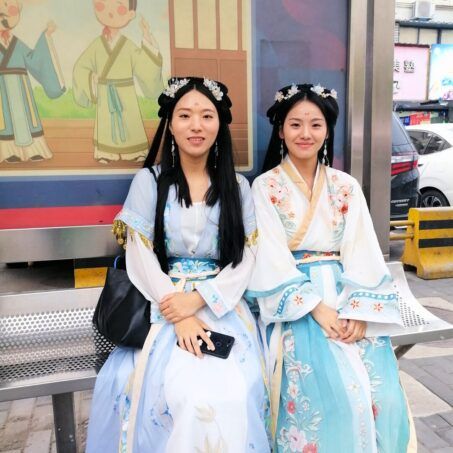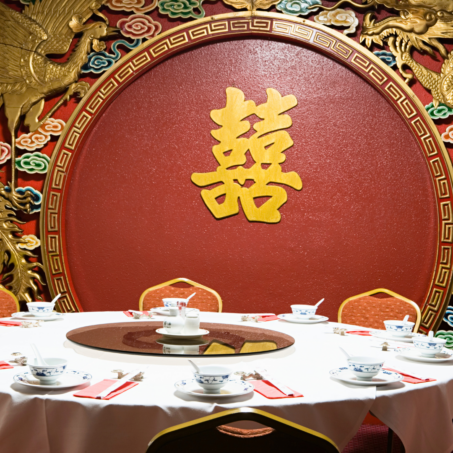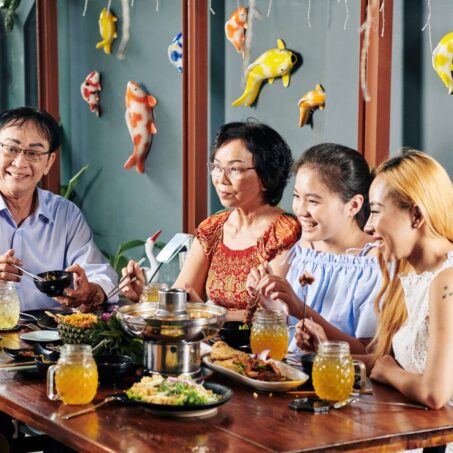You may already know that noodles originate from China. But did you know that the oldest bowl of noodles ever found was a 4,000-year-old bowl of la mian?
A tasty meal since the Han dynasty, noodles are now popular all over the world. Whether fried up or in a soup, almost everyone has their favourite way to eat them. But what’s in a noodle?
When we think of noodles in the West, we tend to think of any dish with long, soft strands of starch in any kind of Asian dish. While most people learn that 面条 ‘miàntiáo’ means ‘noodles’ when they begin their Mandarin-learning journey, there are actually different words for different ‘noodles’ in Chinese. So if you fancy eating rice noodles but ask for ‘miàntiáo’ at a restaurant, you could end up with an entirely different dish to the one you were expecting.
面条 miàntiáo – wheat starch noodles
米线 mǐxiàn – rice starch noodles
粉丝 fěnsī – glass/cellophane (sweet potato, mung bean or pea starch) noodles
Then there are different ways to make noodles too. For example:
拉面 lā miàn (also known as ramen) – hand-pulled noodles
刀削面 dāoxiāomiàn – knife-cut noodles
You might have heard that the north of China eats mostly noodles and the south eats mostly rice. This is mainly because historically, the north’s staple crop was wheat while the south’s was rice. This can also be seen in the types of noodles enjoyed by the two regions, with wheat noodles favoured north and rice noodles favoured south.
Of course, this is just a generalisation – one side doesn’t eat only one or the other. And as trade methods improved over time, almost everything is widely available to everyone nowadays. So a northern province’s most popular noodle dish won’t necessarily a wheat-based, and a southern not necessarily rice-based.
Here are just a few famous noodle dishes across China, how they’re served and where they come from.
Wheat noodle dishes:
炸酱面 zhá jiàng miàn: Beijing. ‘Fried sauce noodles’ are cooked with ground pork and a dark brown savoury-sweet soy sauce.
担担面 dàndàn miàn: Chengdu. ‘Carrying-pole noodles’ (referring to how street vendors used to sell the dish), served with a spicy-numbing sauce, ground pork or beef, pickled mustard plant and peanuts.
拉面 lā miàn: Lanzhou. ‘Pulled noodles’ served in a clear or spicy broth with meat and vegetables. Also known by their Japanese name ‘ramen’.
Rice noodle dishes:
桂林米粉 guìlín mǐfěn: Guilin. ‘Guilin rice noodles’ are medium-thin noodles either served in a clear broth or dry tossed in a little sauce, alongside sliced meat and vegetables.
过桥米线 guò qiáo mǐxiàn: Yunnan. ‘Crossing the bridge rice noodles’ are soup noodles, and often served with each component separated like a mini individual hotpot. The dish includes hot bone broth, cooked noodles, and slices of meat and vegetables.
Glass noodle dishes:
酸辣粉 suān là fěn: Chongqing. ‘Hot and sour noodles’ are served in a spicy broth with crunchy deep-fried soybeans and pickles.
蒜蓉粉丝扇贝 suàn róng fěnsī shànbèi: Hong Kong. ‘Garlic vermicelli scallops’ steamed on a bed of glass noodles.
Hungry for more? Consider taking a cultural immersion programme with Lingoinn for the opportunity to eat these delicious dishes in some of their cities of origin.





